- Have any questions?
- +86-189 8930 5995
- sales@mosinterchem.com.cn
Salazosulfapyridine CAS 599-79-1

1,2,4-Thiadiazole-3,5-diaMine CAS 34283-30-2
20/12/2018
Chlorfluazuron CAS 71422-67-8
20/12/2018Salazosulfapyridine ( CAS: 599-79-1)
| Item | Index |
| Molecular Formula | C18H14N4O5S |
| Molecular weight | 398.4 |
| Specification | CP/USP/EP |
| Melting point | 260-265 °C (dec.)(lit.) |
| Solubility | NH4OH 1M: 50 mg/ml, clear, red |
| Solubility in water, at 25 ºC | <0.1 g/100 ml |
| Storage Condition | Refrigerator |
Sulfasalazine was developed in the 1950s specifically to treat rheumatoid arthritis.
It was believed at the time that bacterial infections were the cause of rheumatoid arthritis.
Sulfasalazine is a sulfa drug, a derivative of mesalazine, and is formed by combining
sulfapyridineand salicylate with an azo bond. It may be abbreviated SSZ.
It is on the World Health Organization’s List of Essential Medicines, a list of the most
important medication needed in a basic health system.
Medical uses
See also Disease-modifying antirheumaticmedicine for its role in rheumatoid arthritis
Sulfasalazine is used in the treatment of inflammatory bowel disease, including ulcerative
colitis and Crohn’s disease. It is also indicated for use in rheumatoid arthritis and used in other
types of inflammatory arthritis (e.g. psoriatic arthritis) where it has a beneficial effect. It is
often well tolerated compared to other DMARDs.
In clinical trials for the treatment of chronic alcoholics, sulfasalazine has been found to reverse
the scarring associated with liver cirrhosis. A study at Newcastle University found that the drug
may act to aid the healing of cirrhosis of the liver. Cells called myofibroblasts, which contribute
to scar tissue in a diseased liver, also appear to secrete proteins that prevent the breakdown of
the scar tissue. Sulfasalazine appears to retard this secretion.
It is usually not given to children under 2 years of age.
The use of sulfasalazine in inflammatory bowel disease has declined due mainly to the fact that
it yields the metabolitesulfapyridine which gives rise to side-effects such as agranulocytosis and
hypospermia. However, the other metabolite of sulfasalazine, 5-aminosalicylic acid (5-ASA) is
credited with causing the drug’s therapeutic effect. Therefore, 5-ASA and other derivatives of
5-ASA, are now usually preferred and given alone (as mesalazine), despite their increased cost,
due to their more favourable side-effect profile.
Sulfasalazine has also been used successfully to treat cases of idiopathic urticaria that do not
respond to antihistamines.
You must be logged in to post a review.

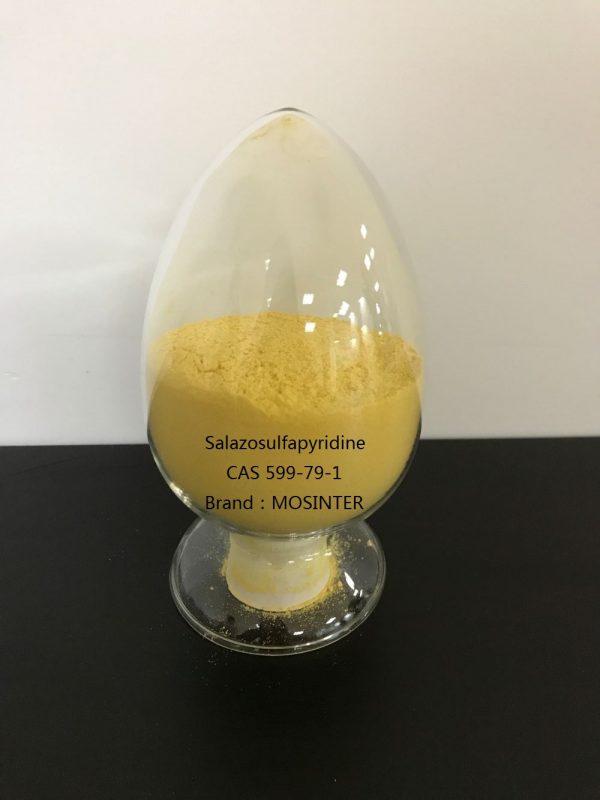
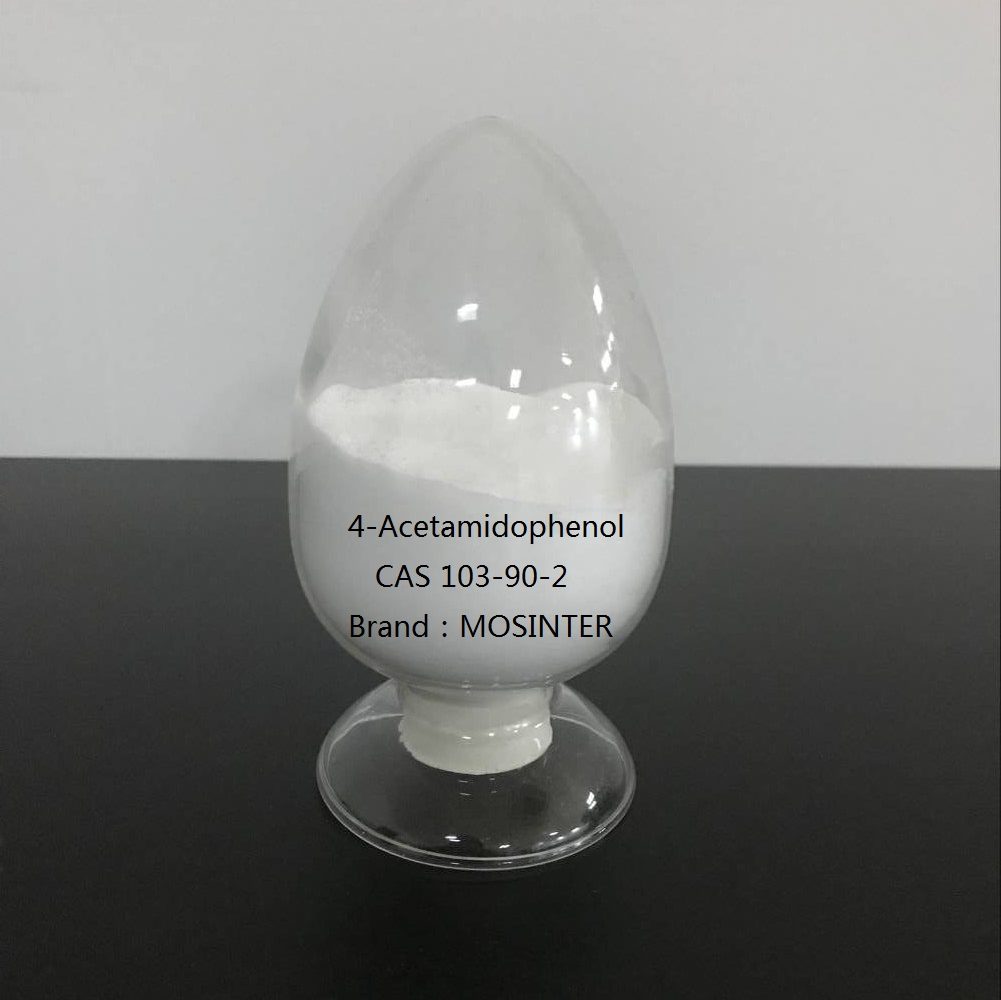
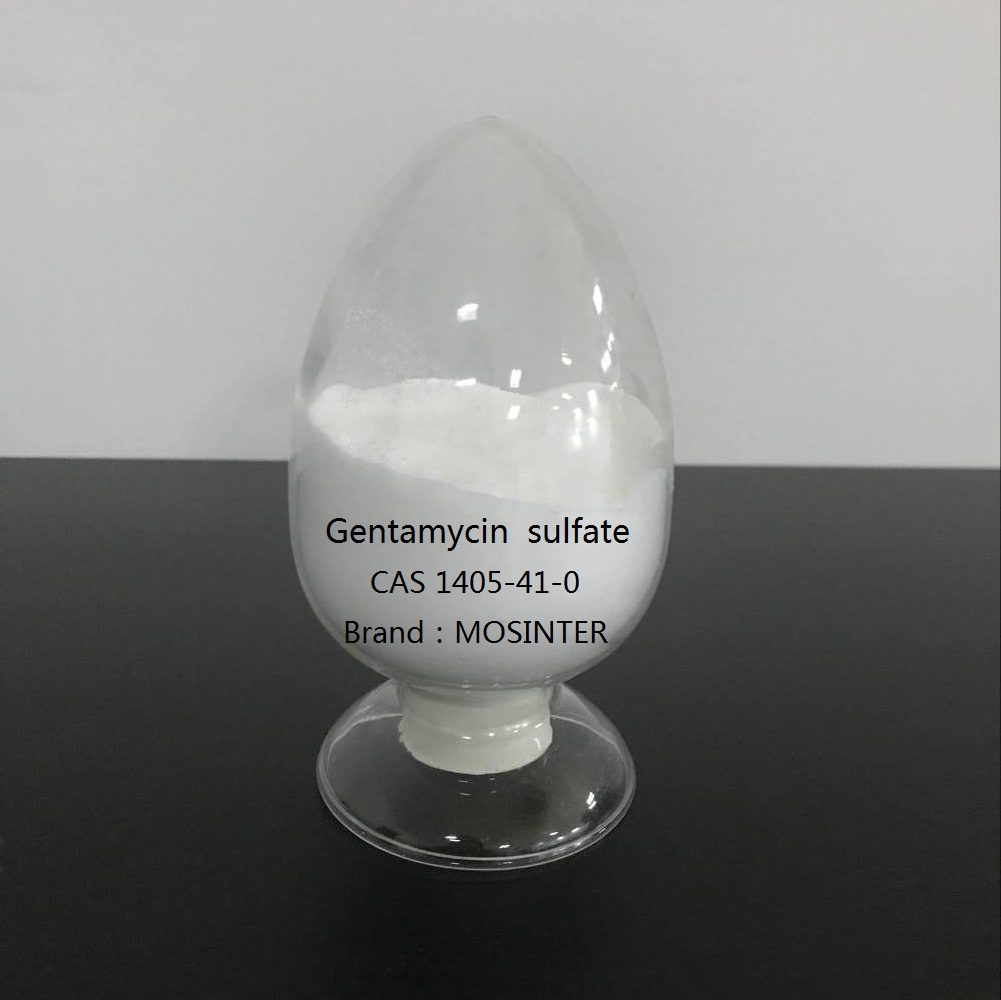
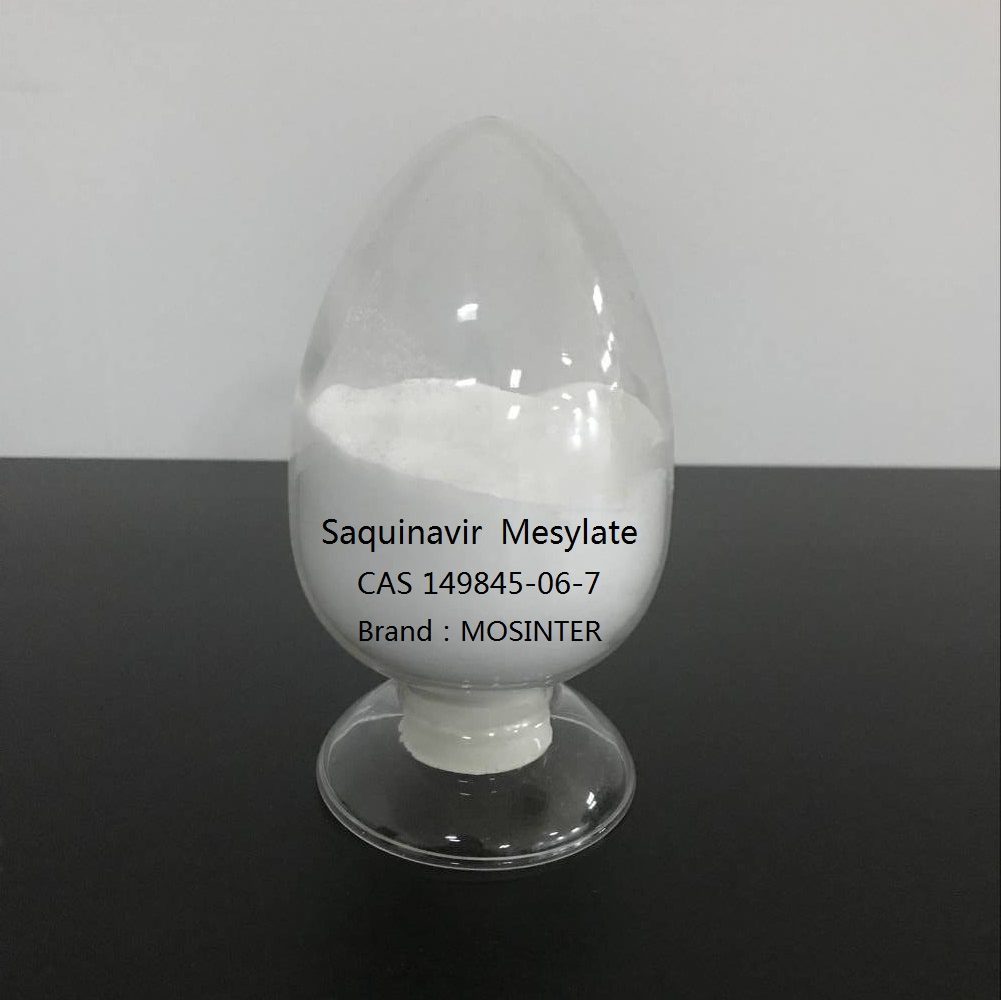
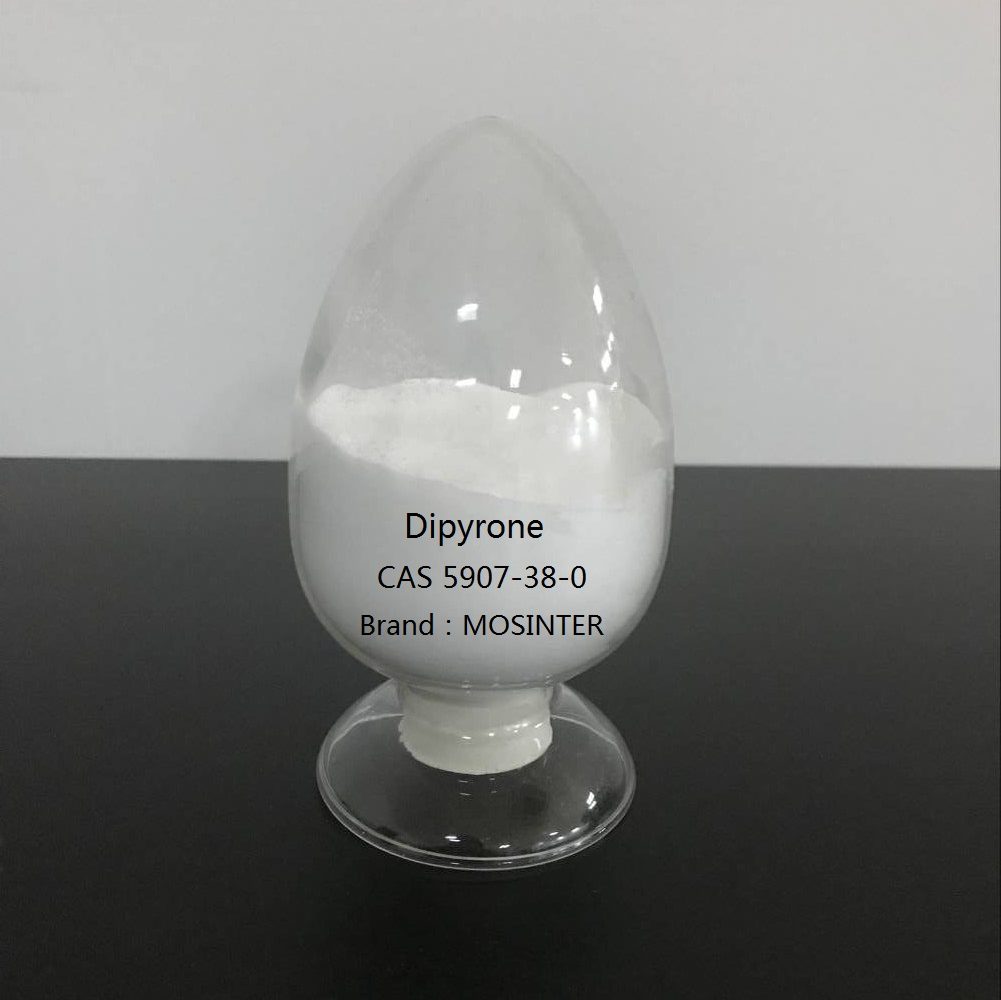
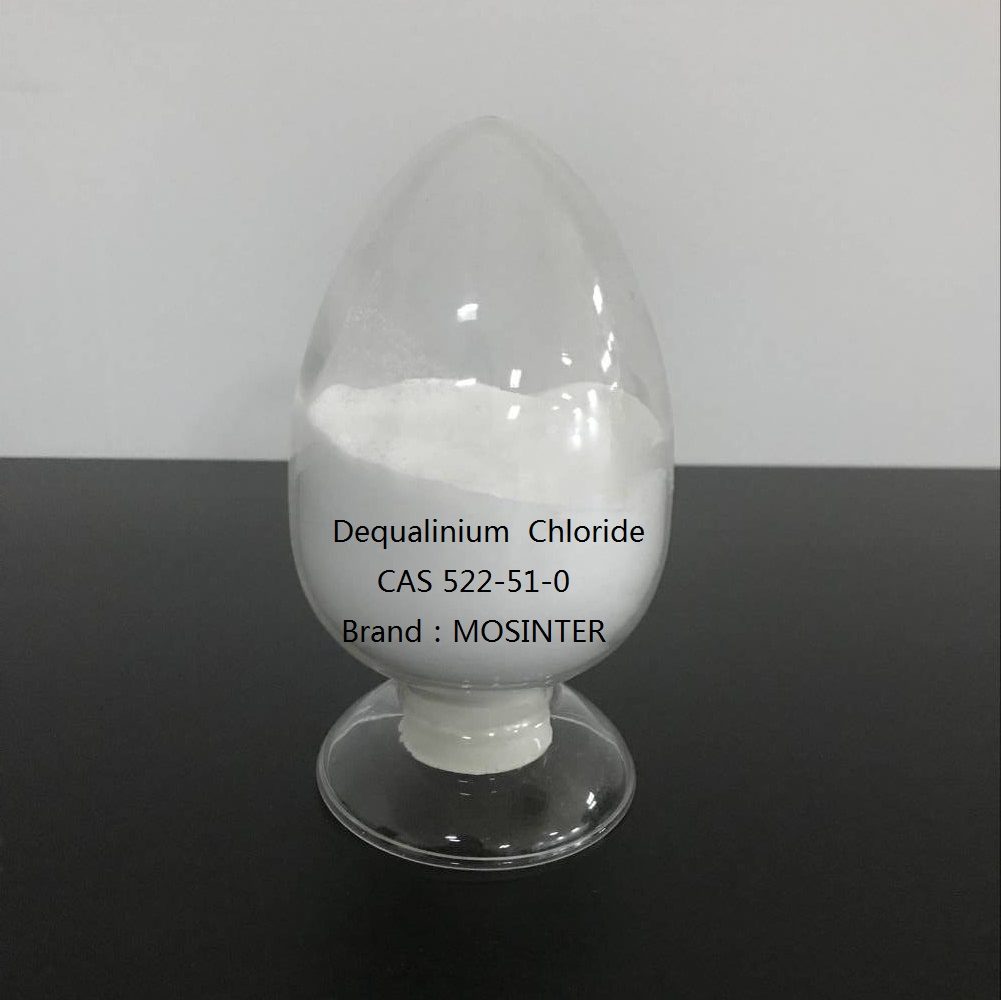
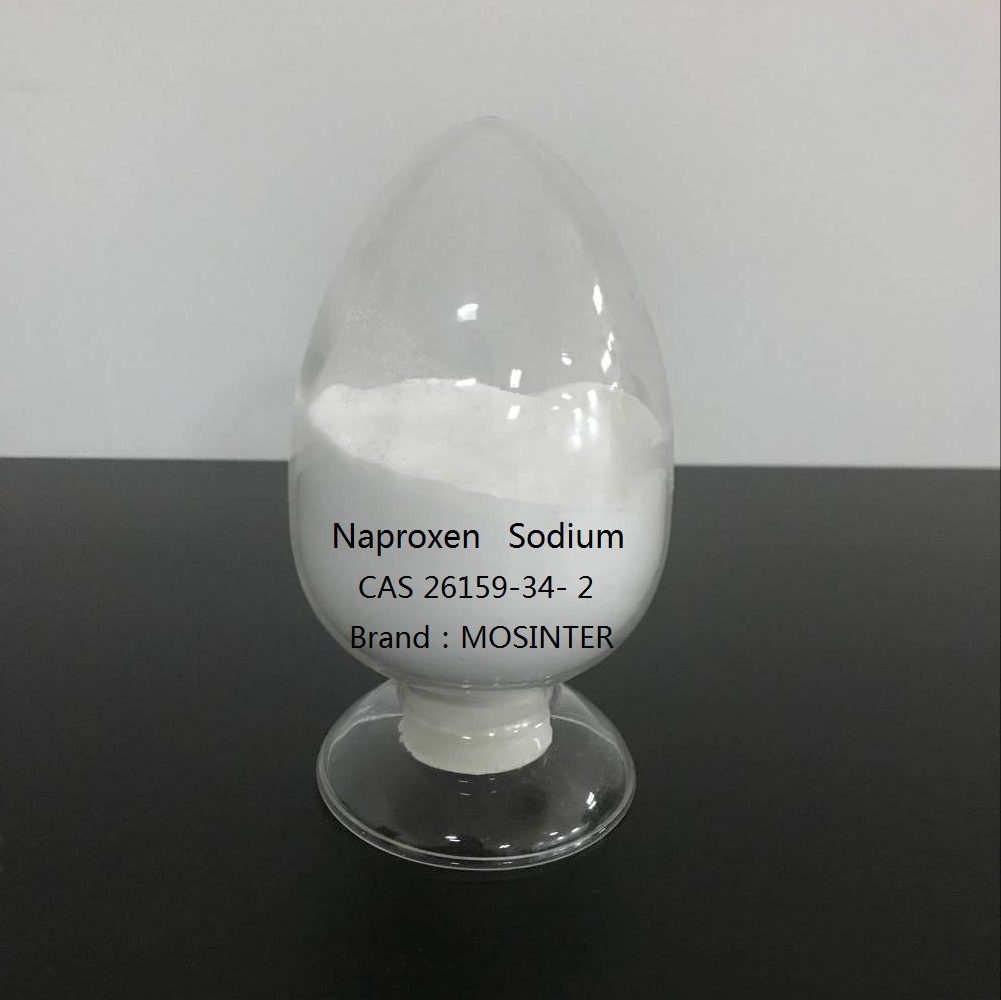
Reviews
There are no reviews yet.